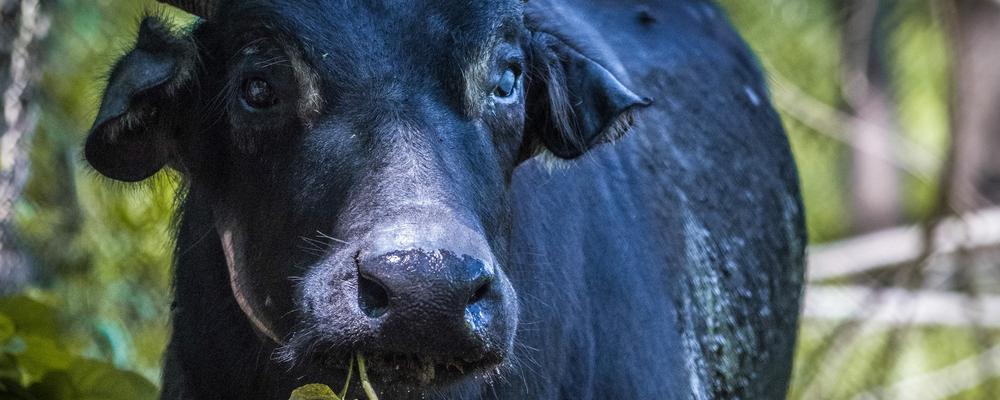Islands are biodiversity hotspots – they cover less than 7 percent of the Earth's land surface, but account for up to 20 percent of all terrestial species on the planet. However, islands are also hotspots for species extinction as half of today's threatened species are native to islands.
A new study has mapped several different factors that affect the risk and speed of extinction. The researchers have studied mammals living on 182 islands and present and paleo-islands (formerly isolated landmasses that are now part of the mainland areas).
“We have used data on 1,200 living and 350 extinct species of island mammals to see what influences the risk of extinction,” says computational biologist Daniele Silvestro at the University of Gothenburg and the University of Fribourg in Switzerland.
Gigantism and dwarfism
One risk factor is the size of the mammals. To adapt to the unique environment of an isolated island, several organisms undergo extreme modifications of their body size. This phenomenon is known as gigantism or dwarfism – in general, relatives of large continental species tend to be smaller on islands and small species tend to be larger. But being a scaled-down or scaled-up version of the original species increases the risk of extinction, the researchers' studies show.
“Animals that grow larger on an island become more attractive to hunt than their mainland relatives. The reward for each killed animal will be greater. Large animals that shrink in size become less deterrent to hunting for other predators and therefore risk extinction to a greater extent,” explains Daniele Silvestro.
Daniele Silvestro has developed a program that quantified data for a large number of living, and fossil, mammal species on isolated islands. The result showed that island giant species have a slightly higher risk of extinction than island dwarfs. However, this difference was only significant when extinct species were included. Human expansion around the world has similarly affected the extinction of dwarf and giant island mammals. The analysis likely shows the impact of more intense and multifaceted human pressures, such as overexploitation and faster habitat losses, but also the introduction of new diseases and invasive predators.
Humans accelerate extinction
The biggest cause of the extinction of mammals on islands is the modern human. The analysis revealed that there was a clear connection between island extinctions on a global level and the arrival of modern humans, Homo Sapiens.
“We could see that extinction accelerated when humans populated and began to affect the ecosystem on an island. The speed of extinction increased more than 10 times after humans took over,” says Daniele Silvestro.
“Now that we know how threatened these mammals are, we should give special priority to protecting the most extreme island giants and dwarfs. Many of them are already threatened with extinction,” says Daniele Silvestro.
Scientific article in Science: Dwarfism and gigantism drive human-mediated extinctions on islands
Contact: Daniele Silvestro, researcher at the Department of Biology and Environmental Science at the University of Gothenburg, telephone +46(0)76-490 99 31, e-mail: daniele.silvestro@bioenv.gu.se
